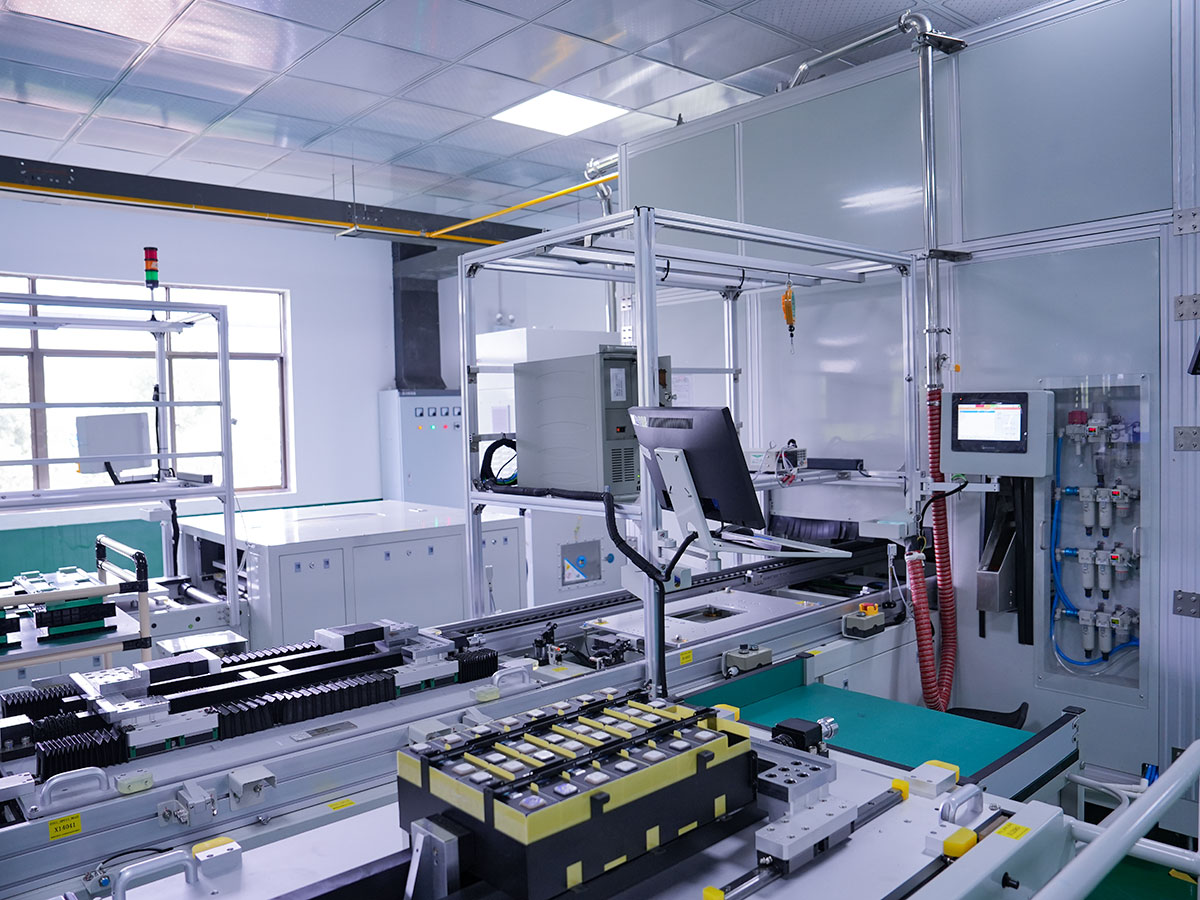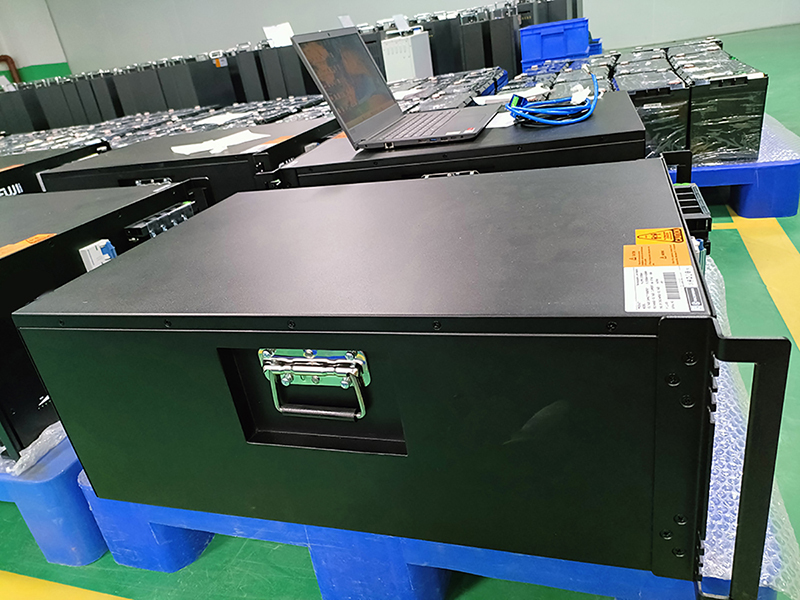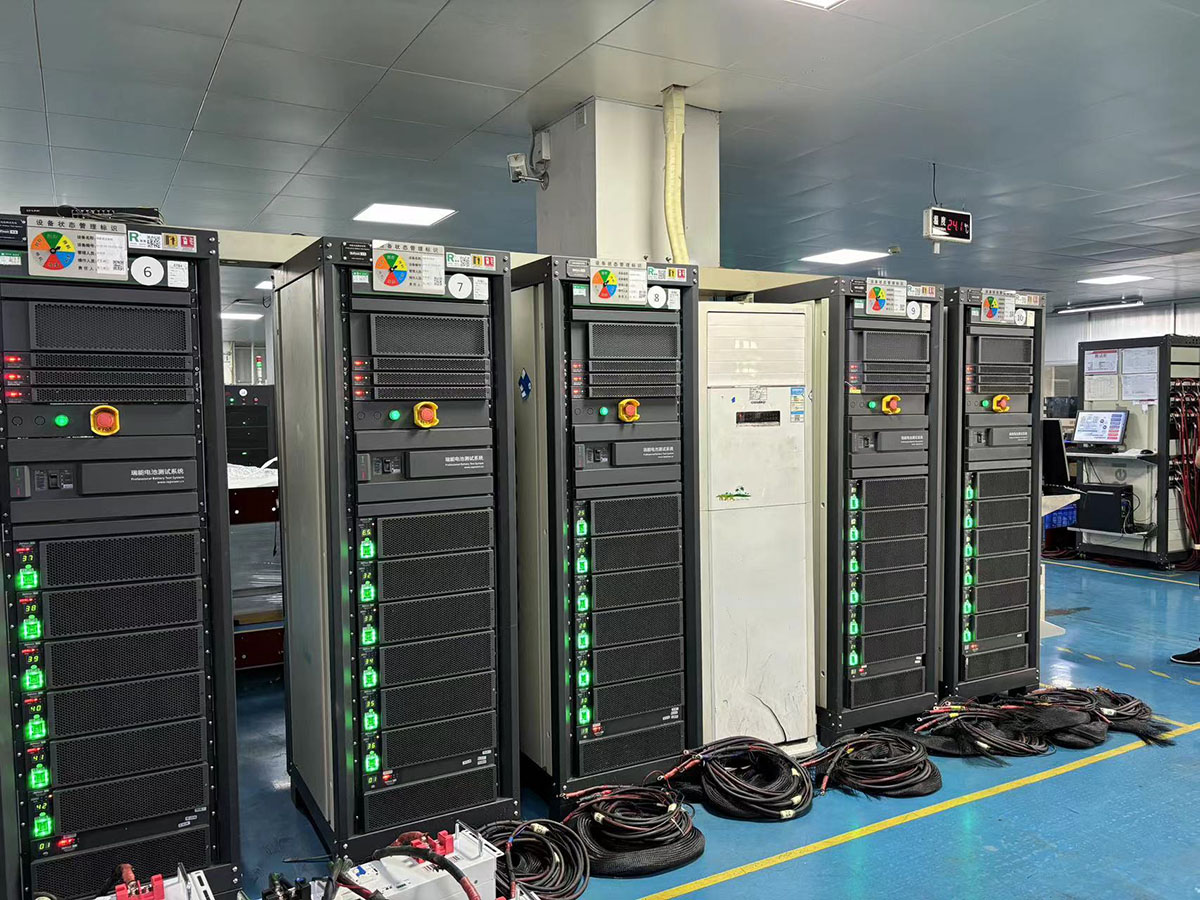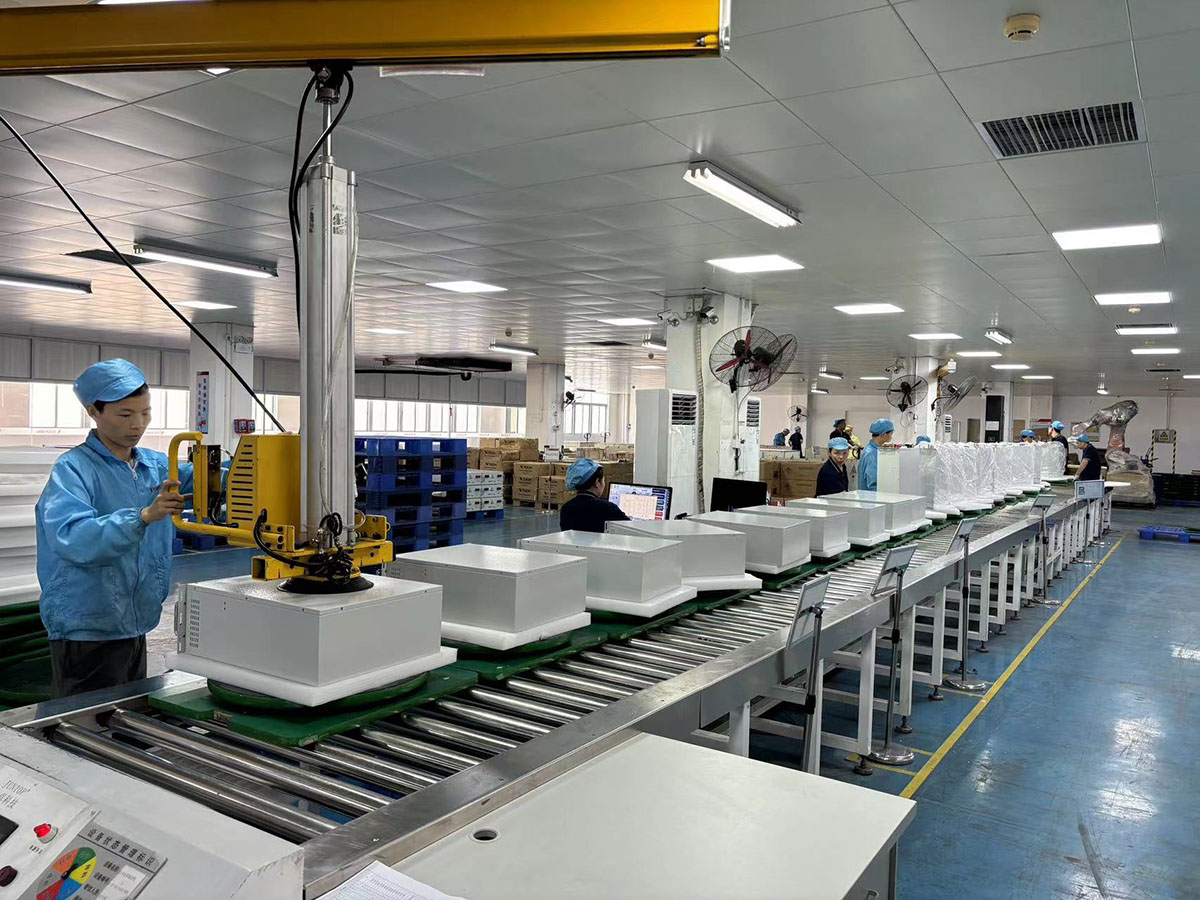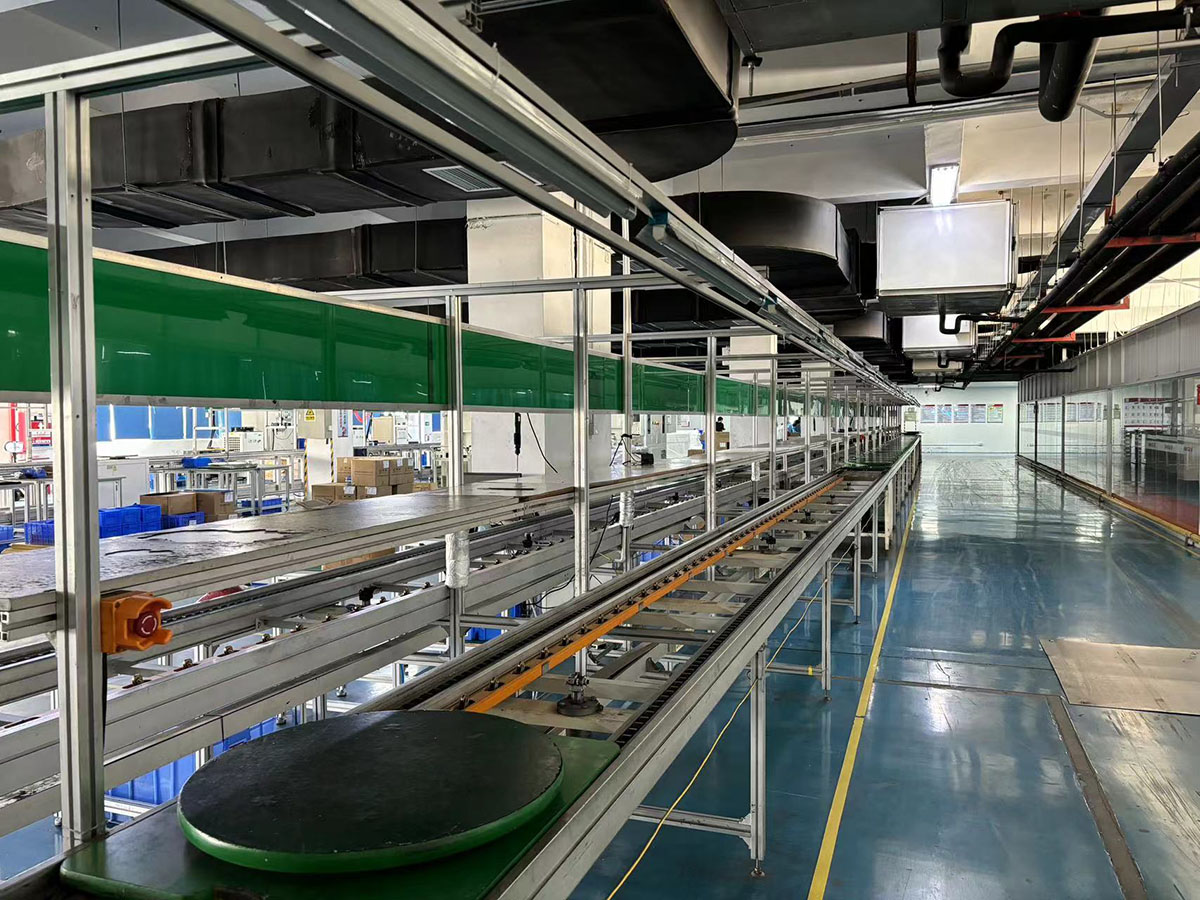May 6, 2025, Hamburg, Germany – At the 30th Hamburg International Maritime Exhibition (SMM 2025), GT PowerSafe officially released the “MarineCore 9000” Marine high voltage lithium battery system, and for the first time in the world, the Marine battery has achieved the triple safety limit breakthrough of “immersion non-combustible, puncture non-explosive, overcharge non-self-combustion”. The product has been certified by DNV GL, China Classification Society (CCS), and won 12 sets of orders (total value of $460 million) from Frontline Group of Norwegian shipping king John Fredriksen, and will be used for the world’s largest hydrogen fuel cell ro-RO fleet transformation.
Technological disruption: Redefining Marine battery safety standards
In response to the highest requirements of the IMO 2024 Safety Code for Marine Battery Systems, MarineCore 9000 delivers four major innovations:
Electric core grade gas-liquid dual isolation: using ceramic – metal composite packaging technology, the insulation resistance of a single cell is still >100MΩ after 48 hours immersed in seawater;
Three-dimensional thermal barrier matrix: nano aerogel layer + micro-pipe liquid cooling system, thermal runaway propagation blocking time <0.3 seconds (international standard requirements ≥5 minutes);
Intelligent safety center: 142 built-in sensors monitor the battery status in real time, start the global power failure and inert gas filling within 0.05 seconds when in distress;
Ship-class special electrolyte: self-developed flame retardant ionic liquid electrolyte, the ignition point is raised to 280℃ (about 120℃ for traditional electrolyte).
Rigorous certification: Tested for the world’s most dangerous scenarios
Completed three “Hell level” experiments under the supervision of DNV GL:
Deep-sea simulation chamber test: Sink the battery module into a pressurized environment of 50 meters of seawater for 72 hours to maintain normal operation;
Limit overcharge test: continued overcharge to 300%SOC at 3C rate without smoke or fire;
Multi-dimensional puncture: Use Marine steel plates to simulate accidental impact in the cargo hold, while running through 28 cells without thermal runaway.
DNV GL Marine CEO Knut Ossen said: “This is a quantum leap in Marine battery safety technology and could push the IMO to implement mandatory safety specifications for all-electric ships ahead of schedule.”
Commercial explosion: Opening 100 billion level zero carbon shipping market
The first orders will be used in three scenarios:
Frontline hydrogen electric ro-ro ship: Replace diesel auxilaries, reducing carbon emissions by 12,000 tons per year;
Cosco Marine Polar research ship: the endurance of -50℃ environment is increased by 40%, solving the problem of extreme charging and discharging in polar day and polar night;
Shore power system of Mediterranean Cruise Port: 20 minutes quickly fill the entire ship’s electricity demand of 200,000 tons of cruise during berth.
GT PowerSafe also announced the establishment of a “Zero-carbon Ship alliance” with Wartsila and ABB Marine to jointly develop a ship-port-shore collaborative energy system. According to Bloomberg New Energy Finance forecasts, the Marine lithium battery market will reach $24 billion in 2028, of which safe high-pressure systems account for more than 65%.
Strategy Card: Drawing a global blueprint for ship electrification
The company launched three strategic actions simultaneously:
Capacity layout: Invest 780 million US dollars to build the world’s largest Marine battery factory in Zhoushan, with an annual production capacity of 50GWh in 2027;
Standard leading: Jointly with China Classification Society to compile the “Safety Technical Specifications for Solid State Lithium Batteries for Ships”, submitted to IMO for inclusion in the global standard draft;
Eco-build: Launch of the Fleet Battery-as-a-Service (BaaS) model, which allows shipowners to pay for energy based on sailing distance, reducing initial investment by 70%.
Industry resonance: Rewriting the rules for Marine energy
Lim Ki-taek, Secretary-General of the International Maritime Organization (IMO), commented: “GT PowerSafe’s technological breakthrough makes it possible to achieve the goal of decarbonizing the global shipping industry five to eight years ahead of schedule.” The world’s top 10 shipping companies have launched product compatibility testing, Maersk Group CTO said: “This is not only a battery revolution, but also a milestone in reshaping the global maritime value chain.”
Communication enhancement strategy
Visually stunning:
4K video of deep-sea battery test was released, and the scene of continuous discharge after the battery core was immersed in water was shown in slow motion;
Create a 3D animation to demonstrate the principle of thermal runaway blocking technology and target it in a LinkedIn maritime group.
Data authority:
The industry average accident rate was compared with DNV GL’s 2025 Marine Battery Safety White Paper.
The infographic shows emissions reductions over the life cycle of each system (equivalent to planting 180,000 trees).
Event Marketing:
Set up a “Safety limit challenge platform” at the Hamburg Exhibition, inviting the audience to operate the battery puncture experiment;
Lloyd’s List hosts the Zero Carbon Shipping Leadership Summit.

